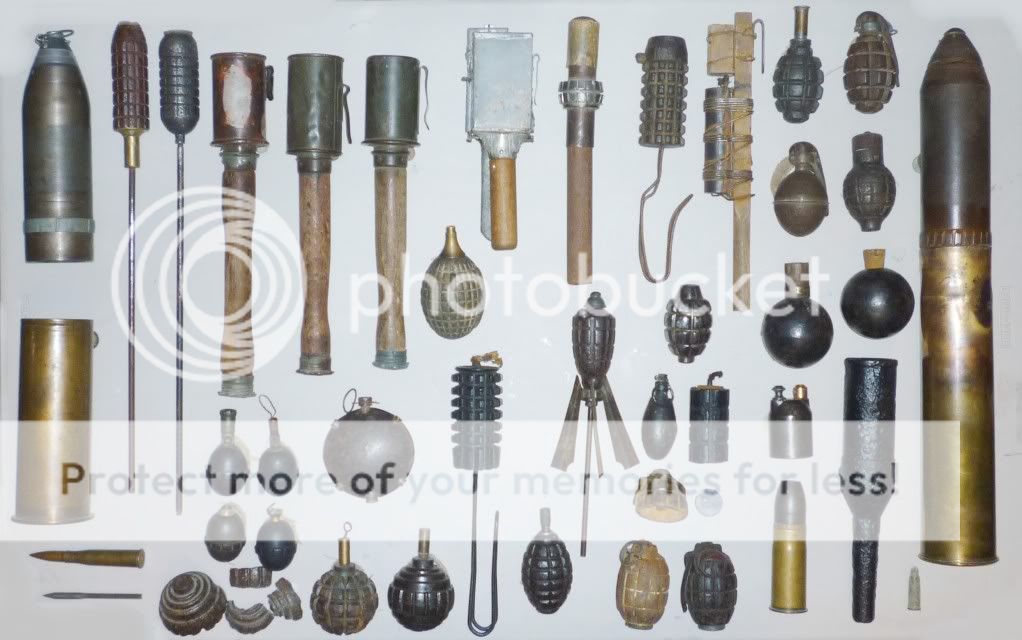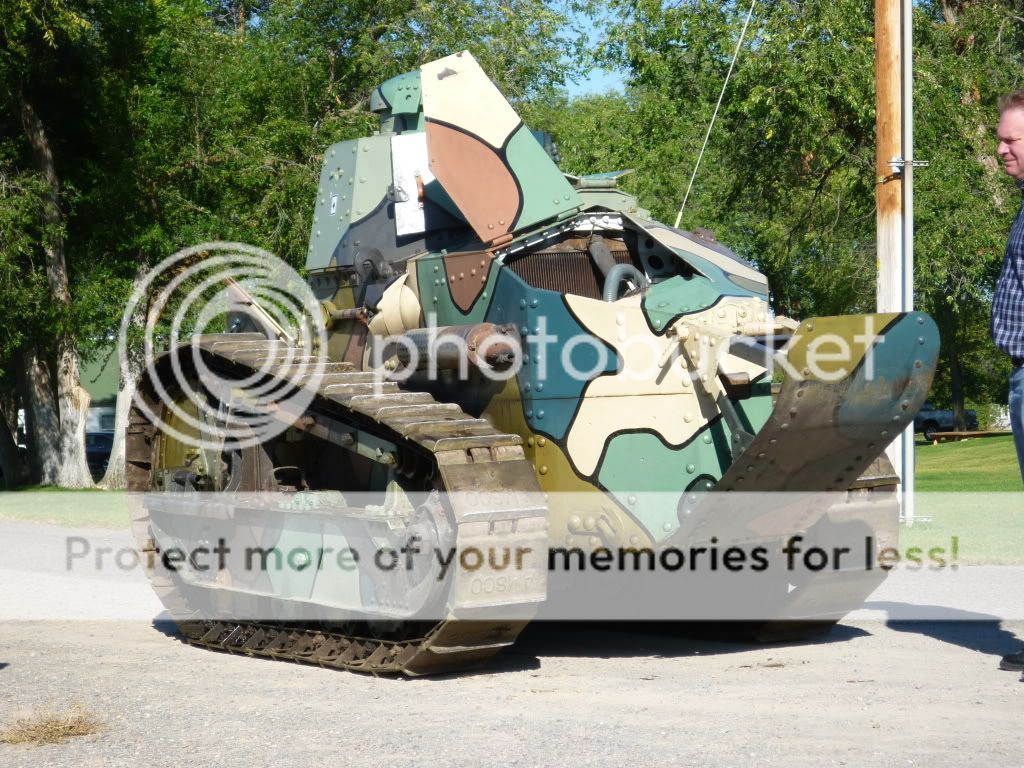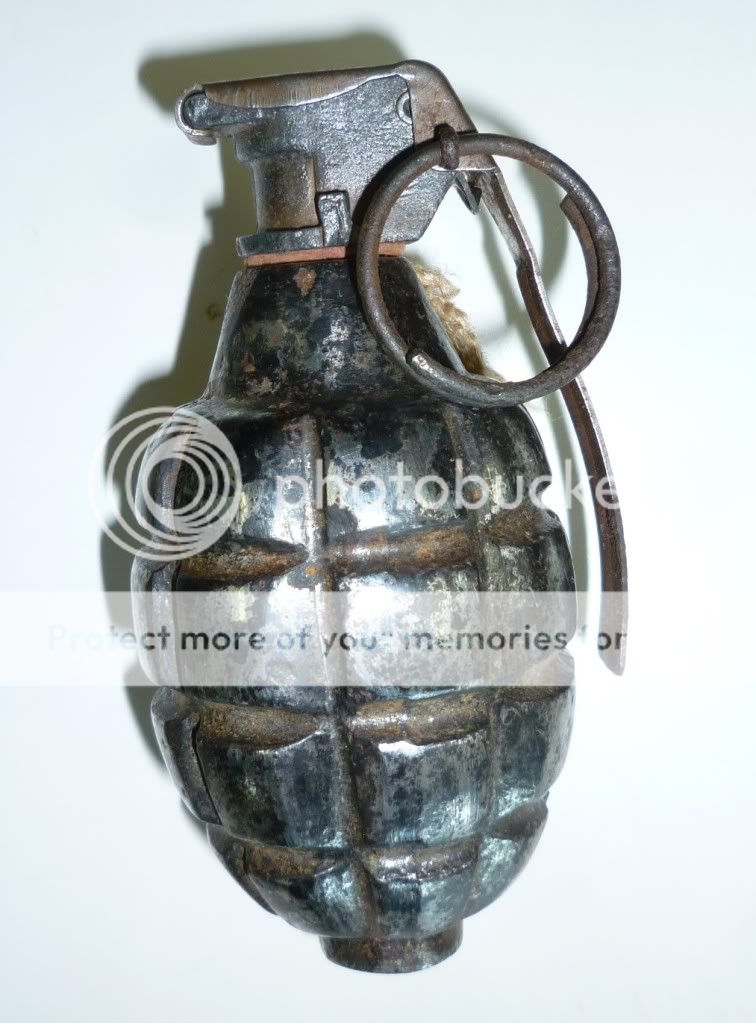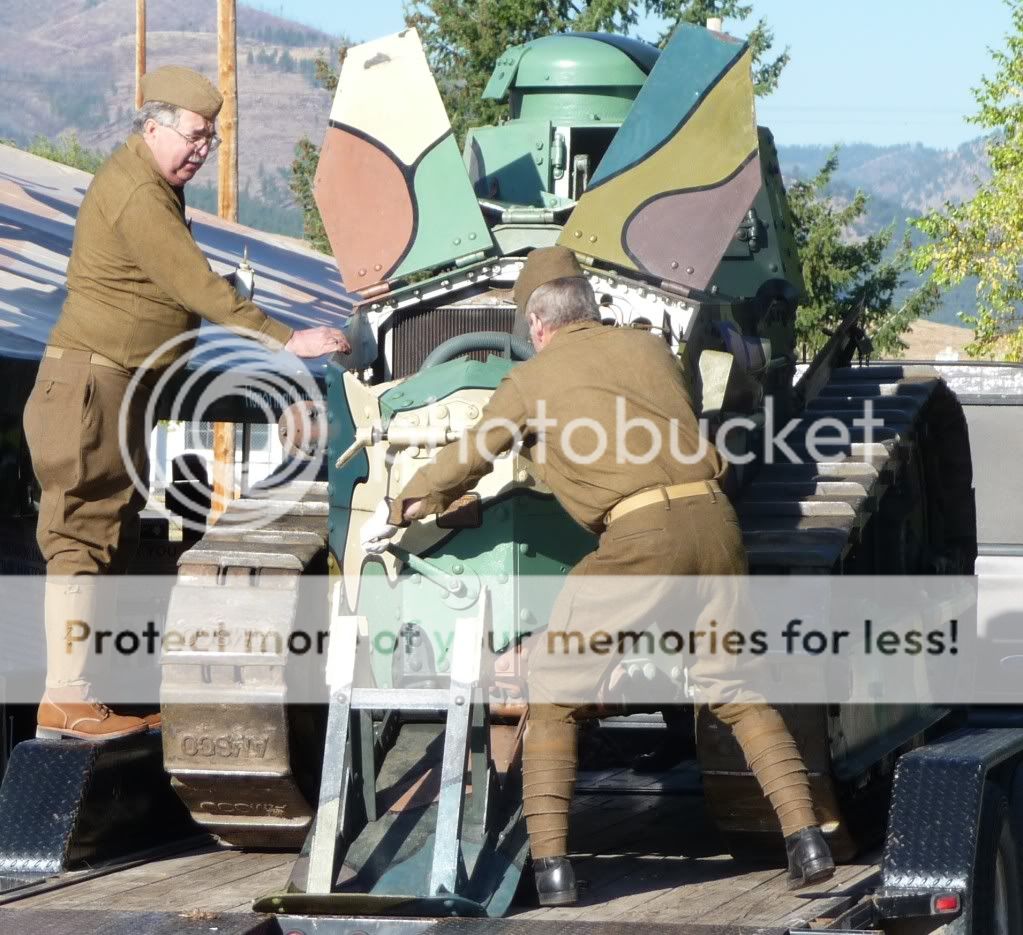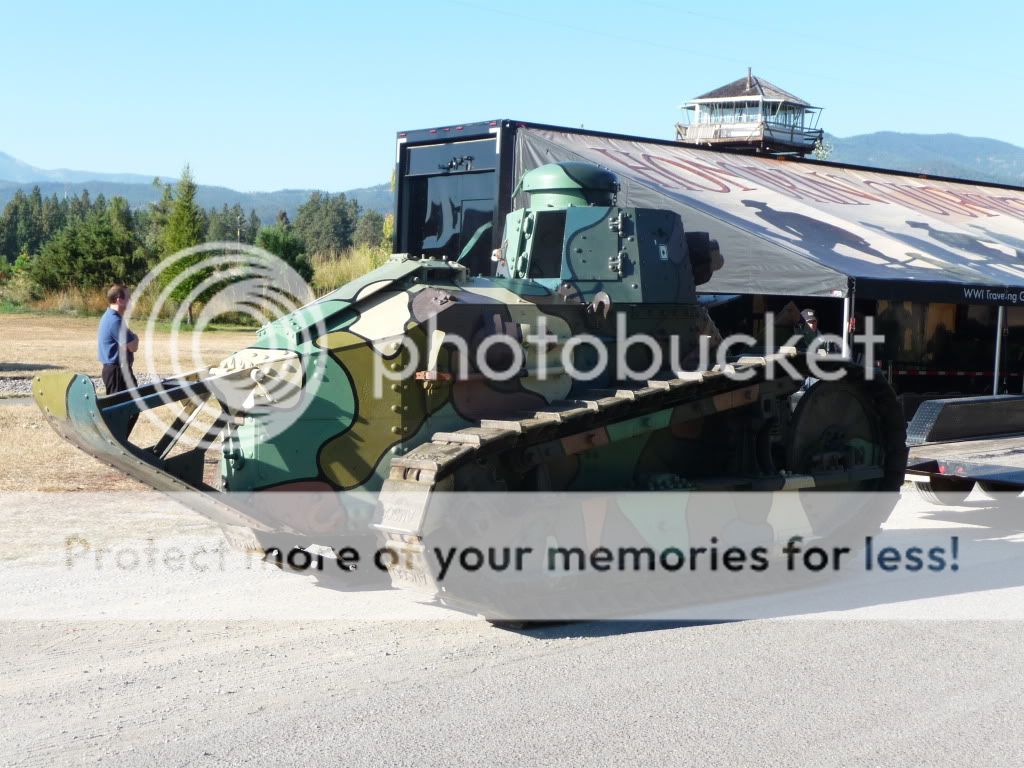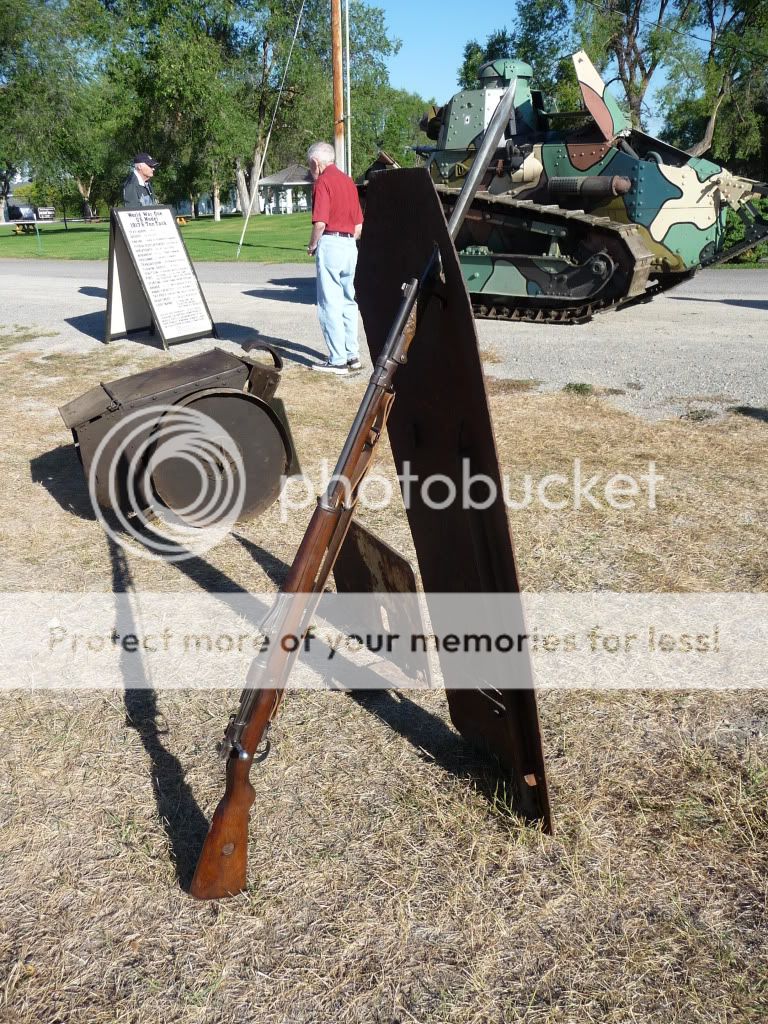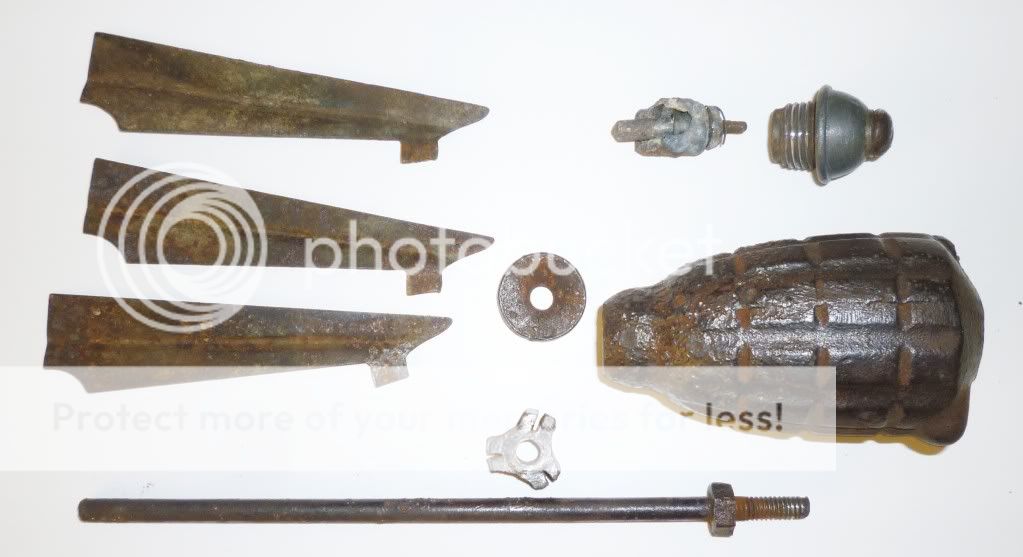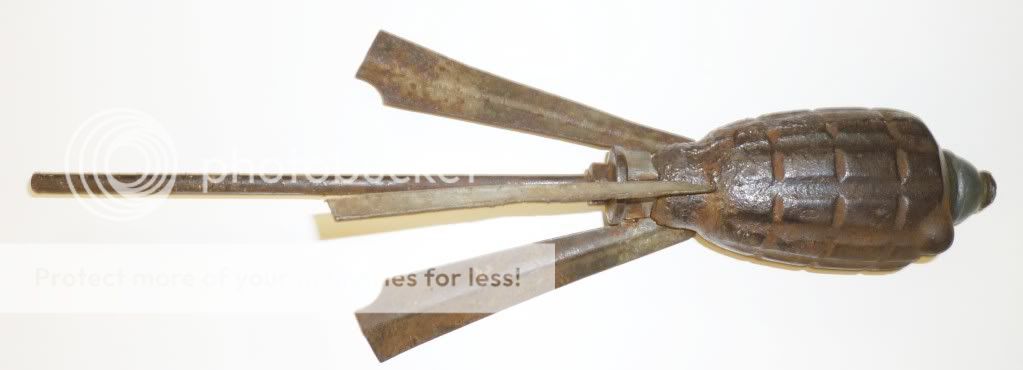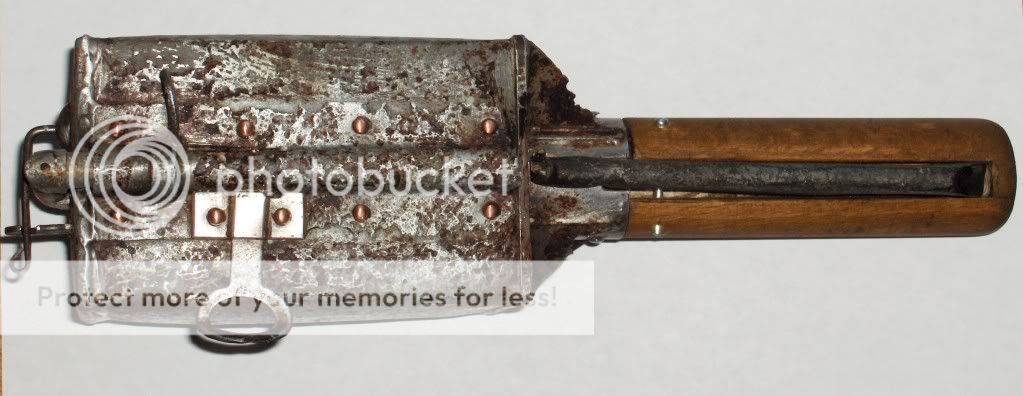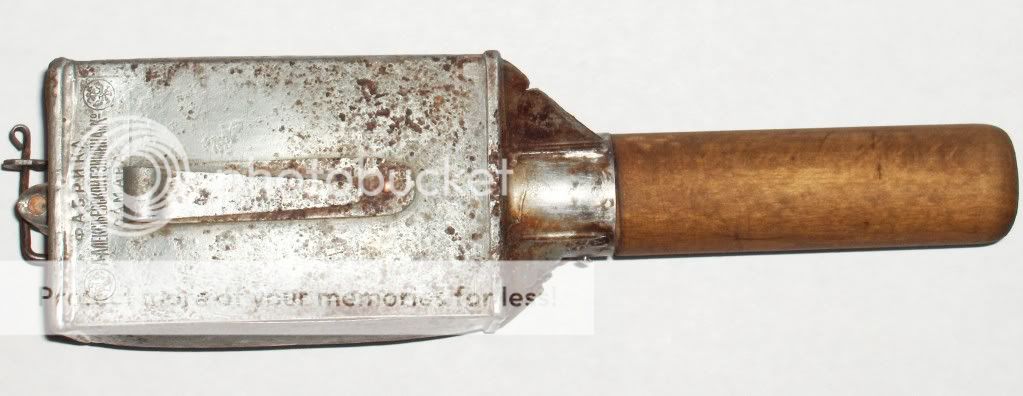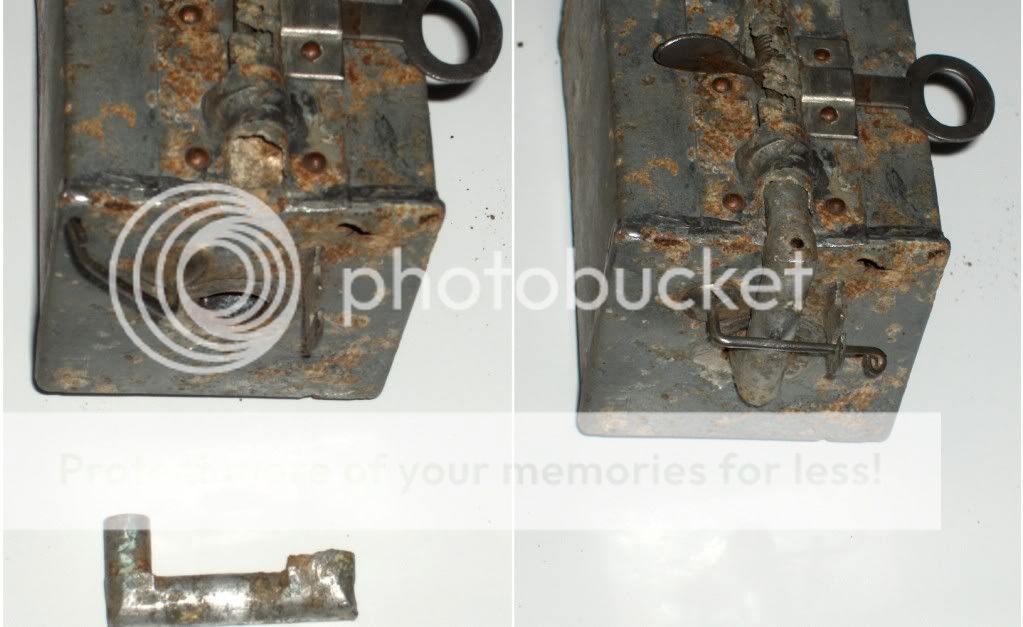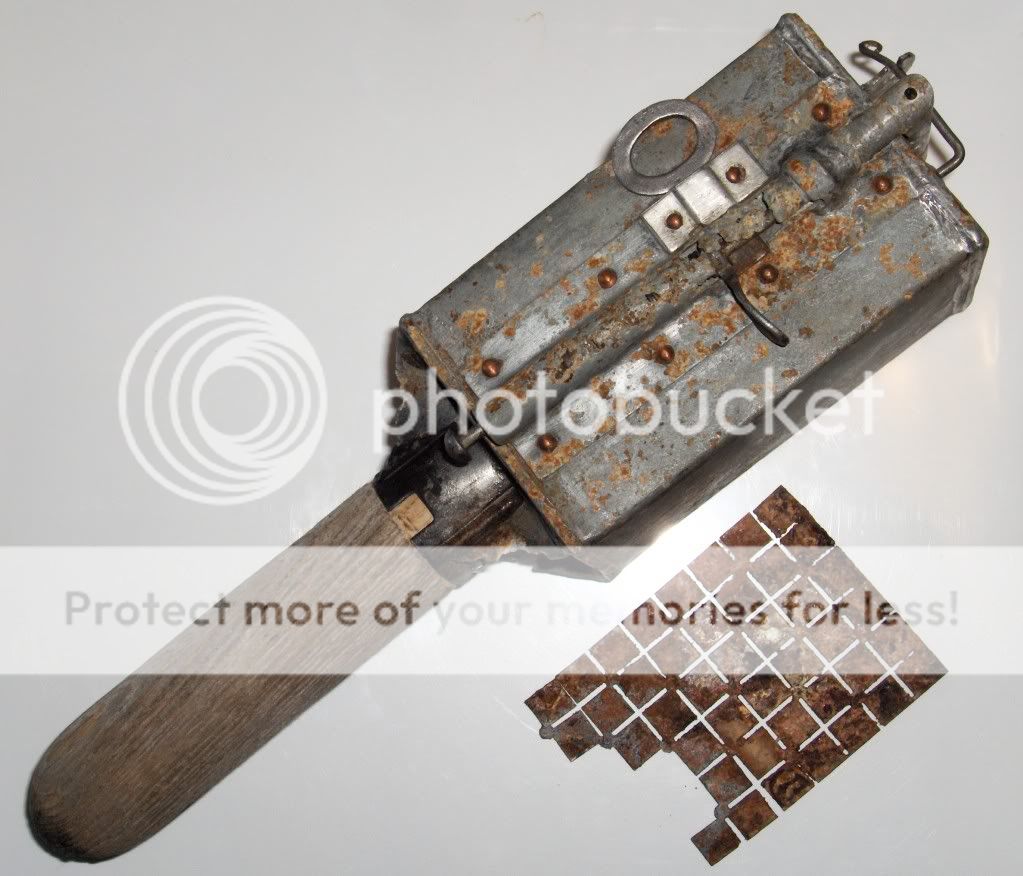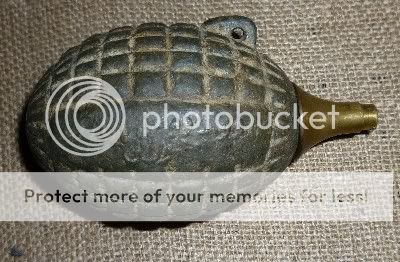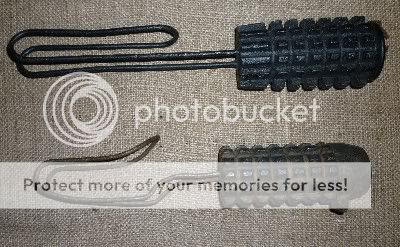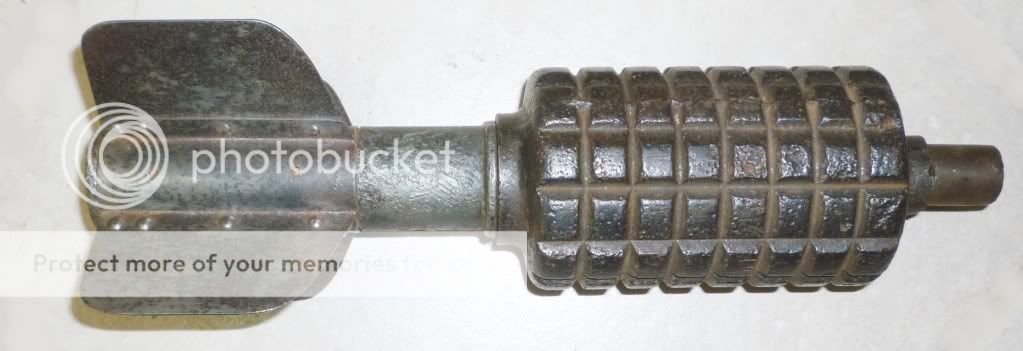USMC-EOD
Active member
Hey Gus,
I was wondering if you would mind posting a picture of your WWI ordnance collection in this section? You've got some fantastic pieces, and I would love to see some of your newer items since the last time you posted them.
Perhaps you could show some individual items and go into detail concerning things like fuzes, ordnance type-by-function, periods or time frames used, and even Front/location in which specific ordnance items saw the most use.
How's it going with the trench gun build?
Bryan.
I was wondering if you would mind posting a picture of your WWI ordnance collection in this section? You've got some fantastic pieces, and I would love to see some of your newer items since the last time you posted them.
Perhaps you could show some individual items and go into detail concerning things like fuzes, ordnance type-by-function, periods or time frames used, and even Front/location in which specific ordnance items saw the most use.
How's it going with the trench gun build?
Bryan.

